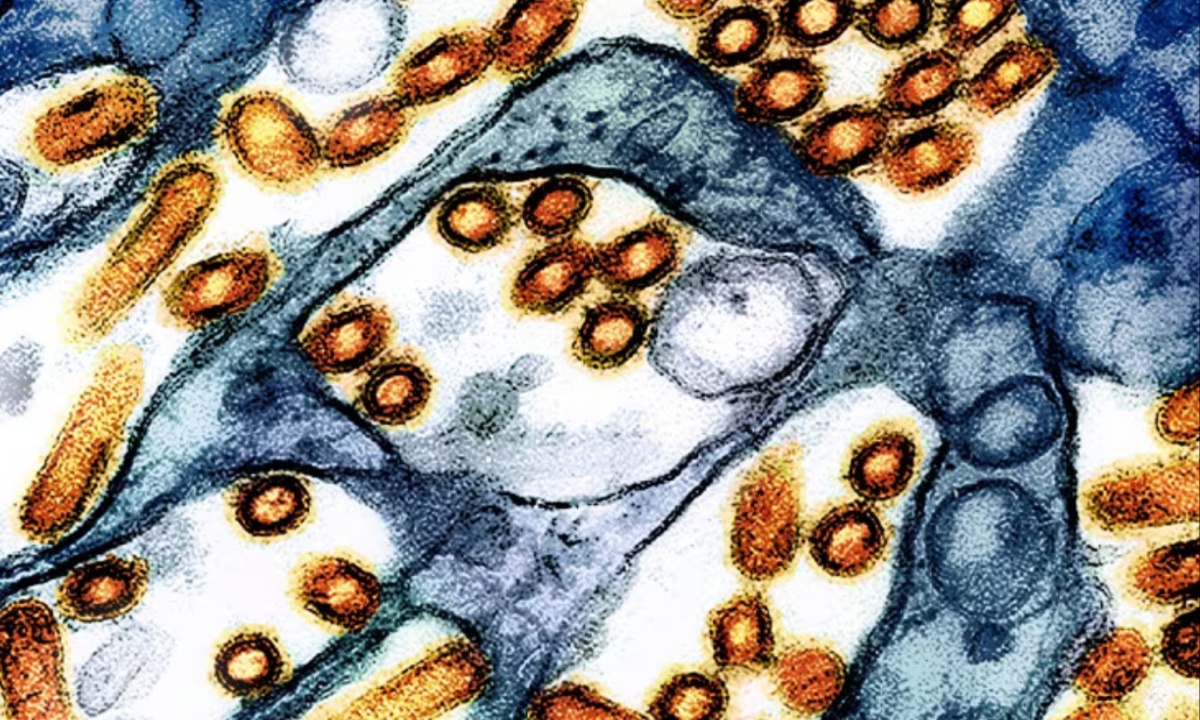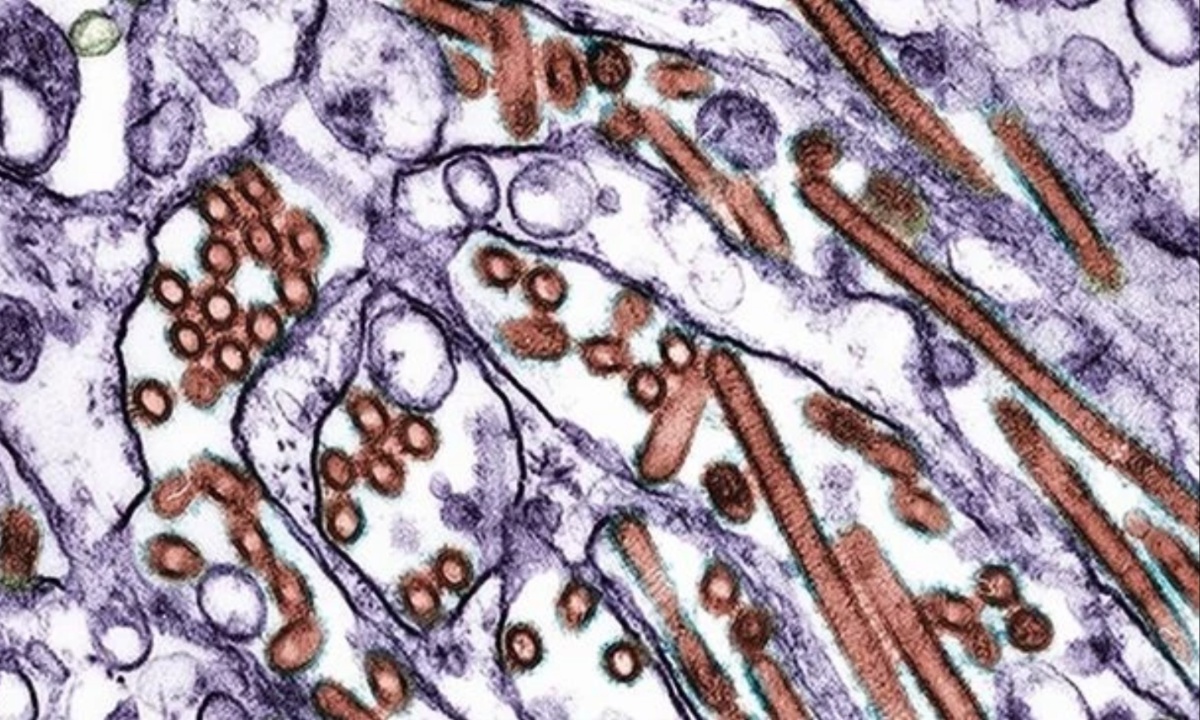The CDC has confirmed a third human case of H5 bird flu in California, following two other cases recently reported in the state. All three individuals, who worked on different dairy farms, were exposed to infected cows. There was no known contact between them, suggesting that animal-to-human transmission of the virus is the cause of the infections.
The affected individuals experienced mild symptoms, including eye redness or discharge (conjunctivitis), and none required hospitalization. Despite these cases, the CDC maintains that the risk to the general public remains low.
These recent California cases bring the total number of reported human cases of H5 bird flu in the United States to 18, with 17 occurring in 2024. Two additional presumptive positive samples from California are awaiting confirmatory testing.
The virus appears to be primarily affecting individuals with direct exposure to infected animals, particularly in agricultural settings. The general public remains at minimal risk, as there is no evidence to suggest widespread transmission among humans.

Genetic analysis of the virus from the initial two California cases showed that they were infected with clade 2.3.4.4b A(H5N1), a strain closely related to those found in infected dairy cattle. One of the samples was fully sequenced, confirming it to be a B3.13 genotype virus.
Importantly, no genetic mutations were identified that could increase the virus’s ability to spread between people or make it resistant to antiviral treatments. These sequences have been shared with the global scientific community through databases like GISAID and GenBank.
The CDC continues to recommend precautions for individuals who may have close or prolonged exposure to infected animals, such as livestock workers. Those in contact with infected birds or animals, or their contaminated environments, are at a higher risk of contracting the virus. However, for the general public, the risk remains low. The CDC emphasizes the importance of following safety measures to reduce the likelihood of infection in these high-risk groups.
While the three recent cases of H5 bird flu in California have raised concerns, the virus remains primarily a risk for those with direct exposure to infected animals. The mild symptoms and lack of hospitalization in these cases suggest the virus is not currently causing severe illness in humans. The CDC continues to closely monitor the situation, conduct genetic testing, and advise people at risk to follow safety precautions while reassuring the public that the overall risk remains low.
